- What is Machine Learning?
- How Machine Learning Works?
- Machine Learning App Examples
- Top Industries Utilizing Machine Learning Application Development
- How to Build a Machine Learning App: Step-by-Step Process
- Data Privacy in Machine Learning App Development
- Technology Stack Used for Machine Learning App Development
- Conclusion
- FAQ
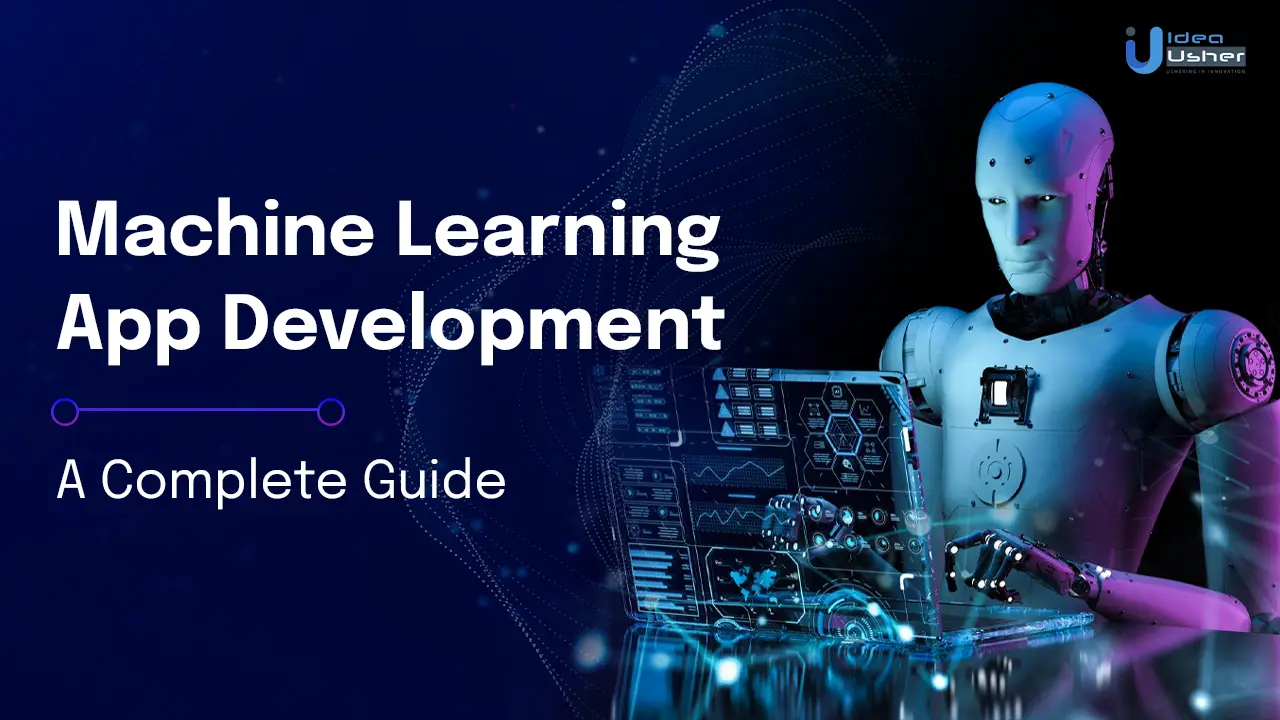
Machine learning applications have gained global traction across all industries in recent years.
From asking Siri for directions to accessing personalized content recommendations, almost all tech giants utilize machine learning to offer an enhanced platform experience to their app users.
Machine learning is helping businesses with analyzing data, making predictions, automating complex tasks, and simplifying many other complex parts.
Mobile application development, in addition to leveraging the power of machine learning, is becoming one of the most crucial aspects for almost all businesses.
However, developing a successful machine learning app goes beyond just developing machine learning models. There is a requirement for a comprehensive understanding of a robust development process, underlying technologies, and a carefully selected tech stack.
Explore the essential components of machine learning app development, including the development process, tech stack selection, data protection practices, etc.
- What is Machine Learning?
- How Machine Learning Works?
- Machine Learning App Examples
- Top Industries Utilizing Machine Learning Application Development
- How to Build a Machine Learning App: Step-by-Step Process
- Data Privacy in Machine Learning App Development
- Technology Stack Used for Machine Learning App Development
- Conclusion
- FAQ
What is Machine Learning?
A subsection of artificial intelligence where the system learns by itself and evolves through data analysis.
Machine learning is closely associated with artificial intelligence, allowing them to learn from collected data to improve accuracy without requiring manual programming.
Machine learning finds patterns in a massive amount of data for making database predictions and decisions. The machine learning’s accuracy depends on the number of data processed.
Machine learning has been classified into three types:
I. Supervised machine learning
The model utilizes predefined training examples for self-learning. The supervised model made correct conclusions based on the new data.
II. Unsupervised machine learning
The model makes predictions based on data patterns and relationships without predefined rules, which means the unsupervised machine learning models learn based on their past experiences from the specific data set.
III. Reinforced machine learning
A subset of machine learning that focuses on training agents to make decisions based on maximizing reward or achieving a specific goal. The models operate based on agents interacting with the environment. The agent makes decisions based on feedback in the form of rewards or penalties based on the consequences of their actions.
Based on the different states of the environment, the agent selects an appropriate strategy that can help them maximize the cumulative rewards over time.
How Machine Learning Works?
There is the involvement of complex algorithms and models for developing models that can learn from data and make future predictions. Here is a general overview of how machine learning works.
1. Data collection
A first step toward developing a reliable ML model. Data can be collected from numerous resources such as text, numerical value, images, audio, etc.
2. Data preprocessing
The collected row data needs to be transformed into a suitable format that is understandable by machine learning algorithms. The step involves various processes, including handling missing values, cleaning the data, converting categorical values into numerical representations, etc.
3. Training data and model selection
The process involves creating data into two main parts, training data and testing data. The use of training data is to train machine learning models while testing data is used to evaluate their performance.
4. Feature extraction and engineering
The relevant features are extracted from data to represent meaningful information. There is an extraction of the most informative features that help machine learning models to create patterns and make accurate predictions.
5. Model training
The machine learning model is presented with labeled training data where corresponding correct outputs are provided based on the data fed into it.
The machine learning model learns by adjusting their internal parameters by focusing on a goal to minimize the difference between the predicted output and actual output.
6. Model evaluation
After training the machine learning model, their performance in terms of precision, accuracy, recall, or other important metrics are evaluated.
The machine learning model is again sent back to training in case their performance is unsatisfactory, where several parameters are readjusted to improve their efficiency.
7. Model deployment and prediction
After model training and evaluation, it can be deployed in a production environment to make predictions or take actions on new, unseen data. The model takes the input data, processes it using the learned patterns, and generates predictions or decisions.
The machine learning model learns by adjusting their internal parameters by focusing on a goal to reduce the difference between the predicted output and actual output.
8. Iterative improvement
Continuous refinement and improvement is a crucial part of developing an effective machine-learning model and algorithm. A model can be returned with additional data and other parameters for improving their performance.
However, one should remember that the success of machine learning depends on the representativeness and quality of the data as well as the expertise of developers in model selection, feature engineering, and tuning.
Therefore working with reliable AI developers is crucial for ensuring success in your machine learning app development project.
Here is a complete guide to hiring AI developers in 2023.
Machine Learning App Examples
There are a lot of examples that leverage the power of machine learning into their business infrastructure. Let’s review the most famous machine learning implementation across popular apps.
1. Tinder
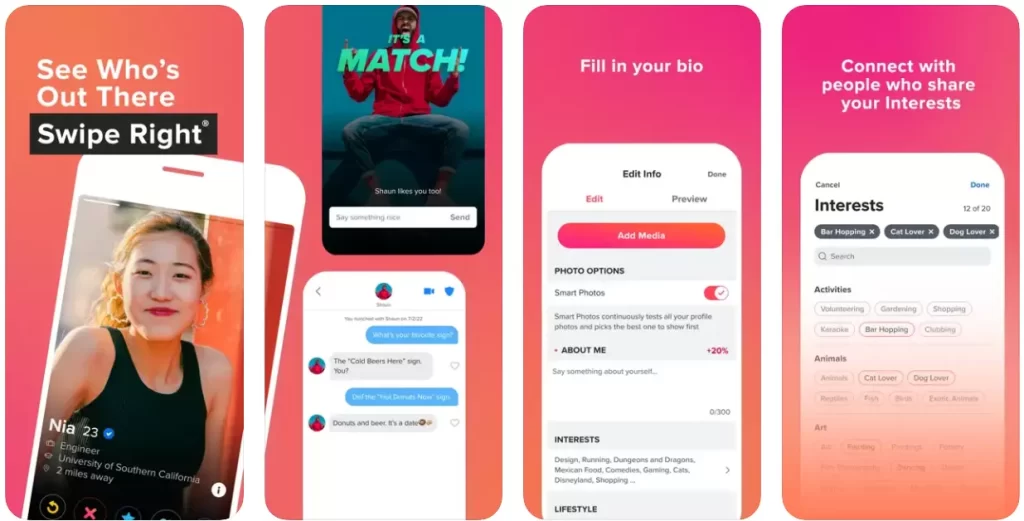
A dating platform that is well known for its profile-swiping feature. Tinder utilize machine learning algorithms to analyze the behavior of their app users and suggest relevant recommendations.
- Founded in: 2012
- Founded by: Whitney Wolfe Herd
- Available on: Android & iOS
- App Downloads:10M+
- App Ratings: 4.1
- Headquarters: West Hollywood, California, United States
2. Snapchat

Snapchat is another perfect example that uses machine learning and artificial intelligence, where it identifies its users’ faces and creates 3D mesh, and deforms it for applying different filters.
- Founded in: 2011
- Founded by: Evan Spiegel, Bobby Murphy, Reggie Brown
- Available on: Android & iOS
- App Downloads: 1B+
- App Ratings: 4.0
- Headquarters: Santa Monica, California, United States
3. Netflix

A well-known OTT platform that is a perfect example of machine learning technology in software development. The platform uses machine learning to offer personalized content to its app users.
Netflix uses machine learning to analyze their app users where the platform recommends relevant content based on their browsing history and optimize content recommendation based on their reviews and feedback.
- Founded in: 1997
- Founded by: Reed Hastings, Marc Randolph
- Available on: Android & iOS
- App Downloads: 1B+
- App Ratings: 4.0
- Headquarters: Los Gatos, California, United States
4. Pinterest

A popular platform for exploring many ideas regarding different topics by accessing a wide range of pictures. Pinterest utilizes ML technology for several tasks, such as advertising, content discovery, spam moderation, etc.
Moreover, many examples use machine learning, such as Twitter, Yelp, Google Maps, etc, to provide an enhanced experience to their app users.
- Founded in: 2010
- Founded by: Evan Sharp, Paul Sciarra, Ben Silbermann
- Available on: Android & iOS
- App Downloads: 500M+
- App Ratings: 4.4
- Headquarters: SanFrancisco, California, United States
Top Industries Utilizing Machine Learning Application Development
Machine learning and artificial intelligence can be fitted into almost any industry to revolutionize different aspects of our life in terms of decision-making, reducing the risk of human errors and delays.
Here are some industries that are using machine learning on a massive scale.
1. Transportation
Smart and self-driving cars are perfect examples of how the transportation industry is using AI. The algorithms incorporate functionality such as predicting changes and monitoring traffic.
The combinations of the following technologies enable self-driving functionalities in vehicles without needing human assistance.
2. Cybersecurity
Another popular industry that leverages the power of artificial intelligence across various sectors. Cybersecurity improves security analysis by analyzing data about alerts, incident reports, and other potential threats and offers the best advice for countering security problems.
3. Healthcare
Healthcare industries use machine learning for collecting and analyzing their patient data for diagnosing and advising them on possible treatment methods.
Predictive Healthcare is one of the best examples of healthcare industries that utilize AI for finding opportunities and making more efficient clinical and operational decisions, predictive trends, and even managing the spread of diseases.
4. Finance
There are a huge amount of data that needs to be analyzed and automated in financial industries for predicting future data in terms of management, investment, transactions, collections, etc.
Moreover, there are many use cases of ML and AI in the financial industry, such as for fraud prediction and detection for offering a safe digital environment for transactions and investments.
5. eCommerce
Businesses can improve their sales and customer experience and optimize business operations.
Moreover, there are many potential use cases of machine learning in the e-commerce industry, such as product recommendations, fraud detection and prevention, inventory management, demand forecasting, pricing optimizations, Ad targeting, and optimization, etc.
6. Marketing
The marketing industry can use machine learning to improve the efficiency of their ad campaigns by targeting users and offering them highly personalized ads tailored to their specific needs and interest.
There are many key applications of machine learning in the marketing industry, such as customer segmentation and targeting, predictive analytics, personalized marketing campaigns, marketing automation, content generation, A/B testing, and optimization etc.
7. Manufacturing
There are wide opportunities for machine learning implementation in the manufacturing industries. Companies can utilize machine learning for assembling lines and can combine algorithms together with sensors and artificial intelligence to predict future maintenance needs.
How to Build a Machine Learning App: Step-by-Step Process
Machine learning application development comprises of many important steps, such as selecting an appropriate technology tech stack, partnering with the right ML development team, estimating the project budget, etc.
1. Define The Project Objective
Identify the main objective and the problem you will solve by implementing ML into your business infrastructure.
You can answer the following questions to start the development journey in the right direction.
- With ML, what are you attempting to predict, and what is the primary goal of using it?
- What information will be utilized as input? Have you got it? Are binary classification, clustering, or regression your current problems?
- What do you expect with the results after implementing ML?
- What level of development is the target feature in?
- How will the target feature be measured?
However, one should remember that data is crucial for business objectives, as algorithms can only recognize patterns that it has experienced before.
2. Gathering and Filtering the Data
After you have framed the problems, it’s time to start one of the most critical steps of ML development – data collection. You can either collect data from your own historical database or use open data sources.
After framing the overall business infrastructure in addition to defining targets that need to be achieved by implementing ML, it is time to start collecting data for training models.
Data can be collected from your own historical databases and open-source data sources. Filter out your data by eliminating irrelevant data inputs to improve the accuracy and prediction ability of your machine-learning models.
3. Prepare Data for Machine Learning Application
The data sets required for training models need to be converted into an appropriate format that is understandable by ML algorithms.
4. Practice Feature Engineering
Data preparation is one of the most time-consuming parts of ML app development. In most cases, row data sets don’t have specific characteristics that are needed for the proper working of algorithms.
Therefore starting with feature engineering becomes crucial when we develop additional features by combining two or more data features in an arithmetic operation.
5. Train ML Model
Before the training starts, you need to split the data into two parts: training and evaluation. The second batch of data will help you understand how well the model generalizes to unseen data.
The next part is training your machine algorithm to make them better at analyzing data, which can be done by implementing model training.
The data need to be separated into two parts: training and evaluation. After starting training models, the algorithms will learn from different patterns and mapping between features and the label. There are different ways to approach model training, such as regularisation, learning rate controlling, number of passes and etc.
6. Improve Model Accuracy with Evaluation and Optimization
Optimize your models and training data by evaluating how well the algorithm performs.
You can optimize your training data and algorithms to improve their accuracy, depending on the results you were getting after analyzing your ML models. The developers can utilize different accuracy metrics, such as underfitting, overfitting, etc., to optimize their algorithms and ML models better.
7. Deploy ML Model in Production
The last part of the development process. After algorithm training, the model needs to be deployed into production i.e., integrating the ML model into your software for making accurate data predictions.
Data Privacy in Machine Learning App Development
Since there is the involvement of working with large data sets, it becomes quite challenging when you need to develop models along with keeping data privacy in mind. Here is an overview of some principles that can help you develop compliant ML solutions in addition to considering modern data security.
1. GDPR
The General Data Protection Regular clearly states that no one can store information without infringing the regulations.
GDPR is applicable to businesses within the EU and outside that handle the personal data of EU citizens by keeping a greater emphasis on individual rights and their control over personal data.
2. Data Anonymization
The practice involves anonymization of data to avoid the use of data that identifies a person. There are many possible ways to anonymize the data, such as one-way hashing, where data is converted into a number where original data cannot be derived from a single number.
3. The Right to be Erase
As per requirement by GDPR and CCPA, app users need to provide their consent for data usage by a company. In case of absence of such consent, the company cannot use their users’ data.
Moreover, the company needs to meet the requirement Where users can withdraw the consent already given to the company and erase all their data. Therefore one should consider designing models that are compatible with the right to erase requirement for handling future consent withdrawal requests from their app users.
Technology Stack Used for Machine Learning App Development
When developing an ML-based app, the choice of tech stack will depend on various factors, such as the specific requirements of your application, the platforms you want to target (web, mobile, desktop), and your team’s familiarity with certain technologies. However, here is a general tech stack that you can consider:
1. Programming Languages
- Python: It is widely used in the community and offers excellent libraries and frameworks for building ML models.
- JavaScript: Useful for web-based applications and frontend development.
- Swift (iOS) or Java/Kotlin (Android): For native mobile app development.
2. Web Development
- Flask or Django: Python web frameworks that allow you to create a backend server for hosting your ML models and handling API requests.
- HTML, CSS, and JavaScript: For building the frontend of your web application.
- React, Angular, or Vue.js: JavaScript frameworks for creating dynamic and interactive user interfaces.
3. Mobile App Development
- React Native or Flutter: Cross-platform frameworks for building mobile apps simultaneously on iOS and Android using a single codebase.
- Android Studio (Java/Kotlin): For native Android app development.
- Xcode (Swift): For native iOS app development.
4. Machine Learning Libraries and Frameworks
- TensorFlow: An open-source ML library with a rich ecosystem for developing and deploying ML models.
- PyTorch: Another popular ML framework that provides dynamic computation graphs and excellent support for neural networks.
- scikit-learn: A powerful Python library for traditional ML algorithms and preprocessing tasks.
- Keras: A high-level neural networks API that runs on top of TensorFlow or other backends.
5. Deployment and Infrastructure
- Docker: Containerization technology for packaging your application and its dependencies.
- Kubernetes: Container orchestration platform for managing and scaling your application in a production environment.
- Cloud platforms: AWS, Google Cloud, or Azure, which offer various services like serverless computing, managed databases, and storage.
6. Database and Storage
- PostgreSQL, MySQL, or SQLite: Relational databases for storing structured data.
- MongoDB or CouchDB: NoSQL databases for unstructured or semi-structured data.
- Amazon S3, Google Cloud Storage, or Azure Blob Storage: Cloud-based storage solutions for handling large datasets or model files.
Remember that this is just a general tech stack, and the actual stack you choose may vary based on specific needs and preferences.
Conclusion
Machine learning app development is a complex process requiring deep expertise across various topics.
If you cannot handle the complex process of machine learning app development, it is always better to hire professional app developers with hands-on experience. Many options are available for hiring the best companies for ML app development. However, considering the following factors will help you select the appropriate company for your ML development project.
- Does a company have a profile and positive reviews on Clutch, Manifest, ITFirms, and other platforms?
- How many years of express does a company have in application development?
- Where is the company located?
- What is the development team’s level of expertise across the various domains?
However, if you are still struggling to find an appropriate machine learning app development company, you can contact our team.
We at Idea Usher are a team of app developers and ML engineers who can help you with machine-learning app development. Our team will help you at each stage of the ML app development process, from identifying your project needs to building and implementing ML solutions for your business.
Contact us today to learn more about how we can help your business grow with effective machine-learning app development solutions.
Contact Idea Usher
Email:
Phone:
(+1)732 962 4560
(+91)859 140 7140
FAQ
Q. How to develop an app using machine learning?
A. The ML app can be developed by following the given steps: define the development objective, gather and filter the data, prepare data for application, practice feature engineering, train the ML model, improve model accuracy with evaluation and
optimization, and deploy the ML model in production.
Q. What is the use of machine learning?
A. ML technology can be used to improve the feature or process where the ML algorithm analyzes data for identifying patterns or trends, such as understanding user behavior and offering them personalized experiences with services or recommendations.
Q. What are the reasons for using machine learning?
A. ML technology gives enterprises opportunities to identify trends in business operational patterns and customer behavior. Many companies are leveraging ML power to improve their businesses and stay competitive in the market.








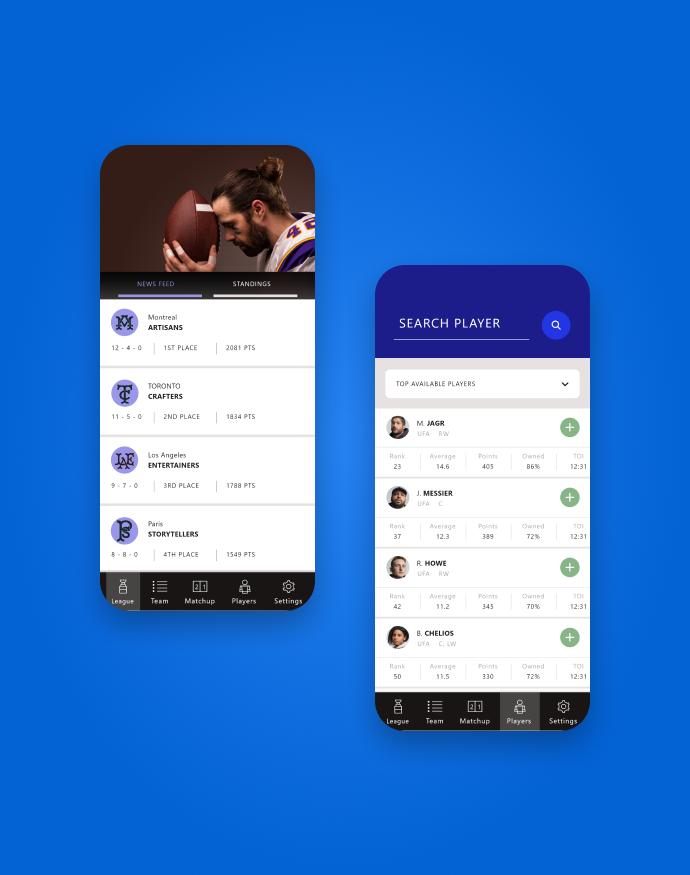
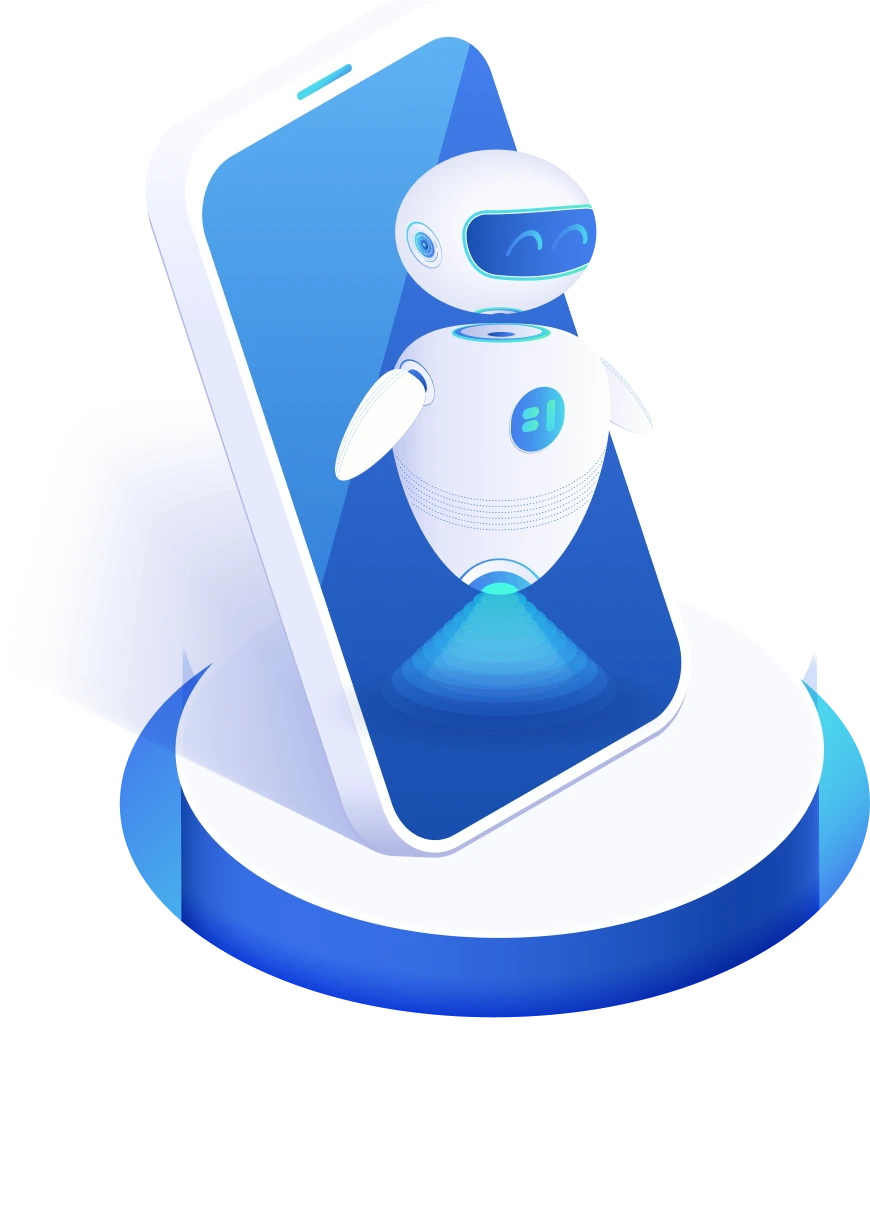

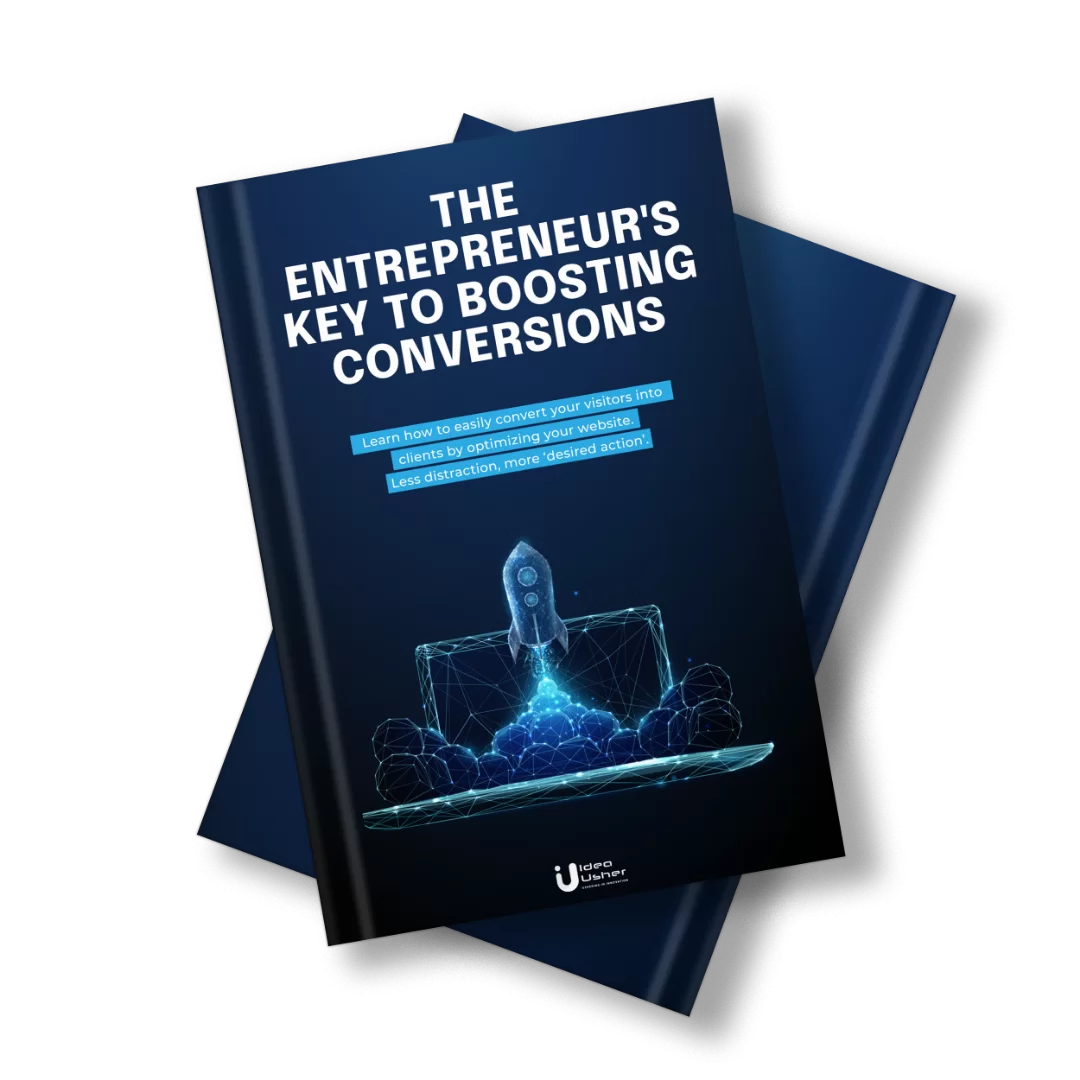
Gaurav Patil